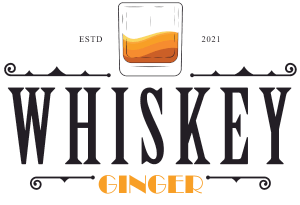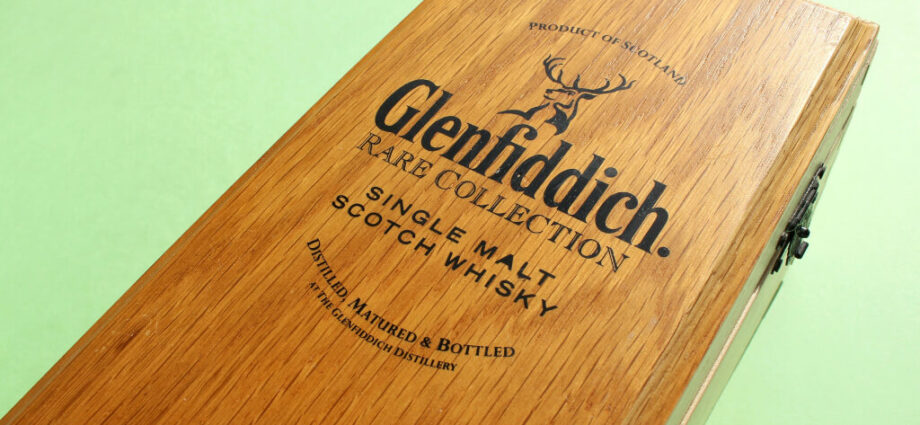Single Malt and Scotch have shared a long and intricate history. The globalization of the whisky industry has challenged long-held assumptions that the two are interchangeable.
The Roots of Single Malt Whisky
Scotland has always been widely regarded as the birthplace of single-malt whisky. This classification originated in the country due to its pure water, rare barley strains, and peculiar aging conditions. Therefore, many experts and aficionados have only ever thought of Scotch when they thought about single malt.
When asked about the history of single malt whisky, the renowned and highly experienced master distiller Ian MacMillan of Deanston Distillery said, “There’s a legacy and tradition tied with single malt originating from Scotland.” Many people associate it with that history.
Development On Scotland’s Frontiers
The popularity of single malt whisky from regions other than Scotland has been on the rise in recent years. Single malts produced by distilleries in places as diverse as Japan, India, and the United States have won widespread recognition.
This change is exemplified by Masataka Taketsuru, who studied distillation in Scotland and went on to develop Japan’s Nikka Whisky. His single malt whiskies, such as Yoichi and Miyagikyo, have made a sizable dent in the Scotch market and won dozens of prizes throughout the world.
Balcones Distillery of Texas, which produces a distinctive single malt using blue corn and cutting-edge aging procedures to honor its American roots, is creating waves on the other side of the Atlantic.
Geographical and Historical Considerations
The natural surroundings in which a single malt is made are directly responsible for its distinctive flavor. While Scotland’s climate and geography are ideal for making whisky, according to Dalmore master distiller Richard Paterson, the country does not have a monopoly on the spirit of single malt.
According to Richard, “Single malt tells you where it came from.” Single malts from Japan and the United States, like Islay whiskies, carry the spirit of their respective countries. It’s not just Scotch, either.
Changes in Consumer Preferences and Authenticity
Whisky drinkers of the modern era are more savvy and open-minded. They are interested in discovering the history of each bottle and savoring its distinctive flavors.
One of the top single malts in the world comes from the Amrut Distilleries in India, so you know things have shifted. Amrut’s envoy, Ashok Chokalingam, has said, “It’s not about the location alone anymore. What matters most are originality, skill, and creativity. Our Fusion Single Malt, made from a combination of Indian and Scottish barley, is a perfect example of this international outlook.
What Does Today’s Single Malt Mean?
While there is no denying the inextricable links between single malt and Scotch, the modern whisky landscape provides a more nuanced perspective. The story is changing as distilleries all around the world produce high-quality single malts.
This view is best summed up by Bill Lark, founder of Lark Distillery and the “godfather” of Australian whisky. There will always be a special place in the hearts of single malt drinkers for Scotch. On the other hand, he says, “The term single malt’ has expanded to encompass a global family of whiskies, each of which contributes a distinctive voice to the chorus.”
How to Identify Authentic Single Malt Whisky
One, get down to brass tacks with single malt whisky by learning its foundations. Single malt whisky, at its essence, is whisky made from malted barley at a single distillery. By remembering this, you’ll be able to tell single malts apart from blends and other types of grain whiskies.
- If you see the words “Single Malt” on a bottle, you know that every drop was produced in the same distillery using only malted barley.
- You Can Find Bottles From Many Regions: Despite its original development in Scotland, today single malts may be found in nations as diverse as Japan, India, and the United States. Knowing the origin of your whisky can give you a sense of its potential flavor and the traditions that went into making it. Balcones Distillery’s single malt features a distinctive Texas twist because of the incorporation of blue maize.
- Observe the Fine Print: Before drinking anything, it’s a good idea to check the bottle’s label. The whiskey’s age, cask type, and any unique production procedures will usually be listed there. Your ability to spot authentic single malts will improve in tandem with your knowledge of what goes into each bottle. Whisky with a “sherry cask finish” has had its latter stages of maturation in a barrel that previously contained sherry, imparting to the spirit rich, fruity overtones.
- Sharpen Your Taste Buds: True single malt can often be distinguished by its flavor. As time goes on, you’ll be able to distinguish between whiskies from different areas and distilleries. Go to tastings, or even better, host your tasting parties at home. Your taste for food and drink can only improve with practice. You can learn to distinguish between the flavors of an Islay classic and a Yoichi from Japan, for example.
- Participate Actively in Local Affairs: The global whisky fan base is large and dedicated. Joining whisky forums, going to events, or visiting distilleries can help you learn from others who have studied single malt for years.
- Go with Your Gut: Individual taste is ultimately the determining factor in how much you enjoy single malt. Trust your instincts while following helpful advice. You’ve found the proper whisky if it makes you feel anything. It’s possible to find a single malt from a lesser-known distillery that precisely suits your taste, even if it’s the subject of worldwide acclaim.
Spices of the World
One can enjoy the range of flavors offered by single malts like Kavalan from Taiwan and Bushmills from Ireland by comparing them. They do this while paying attention to the time-honored practices that have made Scottish whisky so well-known around the world.
After the release of their single malt, Jim Beam’s master distiller and a bourbon business heavyweight named Fred Noe offered his thoughts. We hold Scotch in the highest esteem. But we had faith that we could make a single malt that was authentically American in every way, from the grain to the oaky aftertaste.
Single malt whisky, while still deeply rooted in Scotland, is now an integral part of the global whisky community. While Scotland will always remain the birthplace of single malt, the phrase has now gained international currency as a symbol of quality, diversity, and artisanship that is not limited by place of origin.

